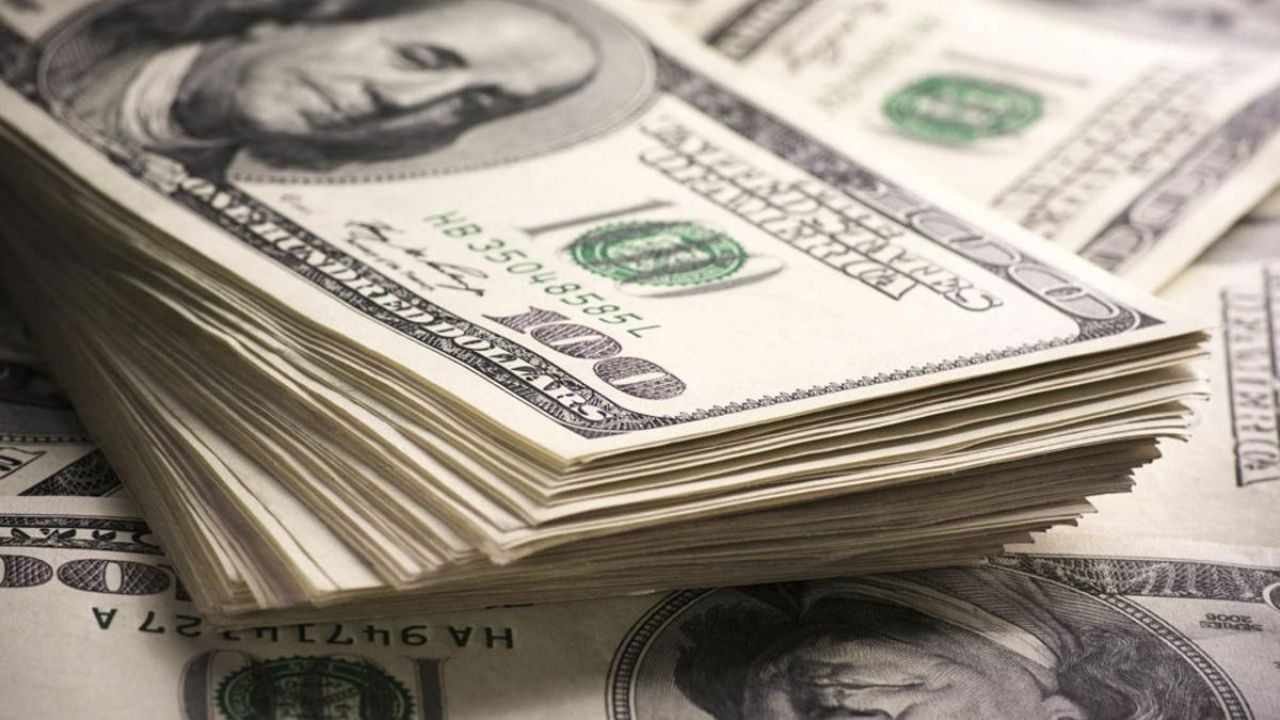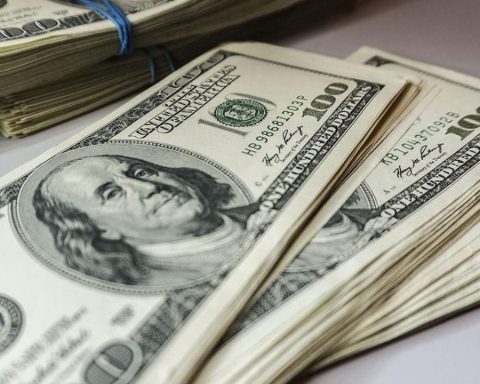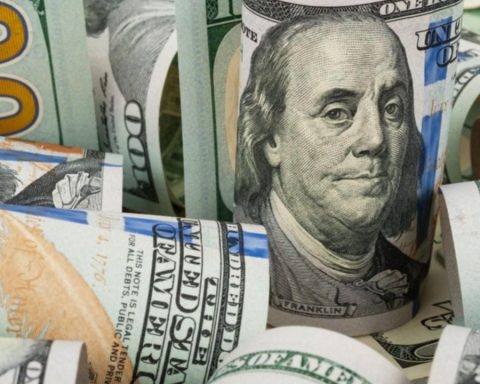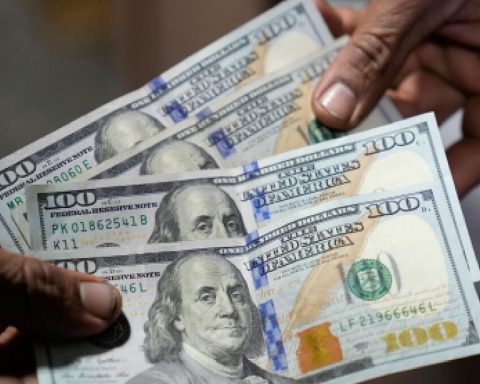The future of dollar In Argentina it is an issue of great relevance and concern for economists and the general public. The uncertainty about whether the exchange rate will be lifted or if it will continue in force is one of the main issues that could influence the country’s economic stability in the coming months.
The exchange rate, implemented in 2019, has been a key measure to control the output of dollars and maintain the stability of the exchange rate. However, this policy has generated a strong lawsuit of currencies by companies and has led to an appreciation of the real exchange rate.
Economists argue that, if the stock is lifted, there is likely to be an adjustment in the official exchange rate, since the current price is “backward” due to current limitations. If the exchange rate is raised, an adjustment is expected in the official exchange rate.
Most economists project a moderate and controlled devaluation, although the exact magnitude will depend on several factors, including the amount of disbursements that the country of the International Monetary Fund (IMF) receives.

In this scenario, the buying pressure on the dollar could cause a significant rise in its price, unless there is a massive offer that compensates. If the stocks are maintained, the government will continue with its controlled devaluation strategy of 1% monthly.
This policy seeks to avoid abrupt exchange jump and maintain some control over alternative exchange rates, such as the blue dollar and the counting with liquidation (CCL). However, the persistence of the stocks could generate tensions in parallel markets and increase the risk of abrupt correction in the exchange rate.

The role of IMF
The agreement with the IMF is crucial to determine the future of the dollar In Argentina. According to President Javier Milei, Argentina would need a disbursement of at least USD 11,000 million to advance with the liberalization of the exchange market this year.
If an agreement with the IMF is achieved and disbursements are received, there is likely to be a mild exchange correction and a progressive unification of the market. However, if an agreement is not reached, the stock will remain until January 2026, which could deepen the exchange delay and generate new risks for economic stability.
Followers in Google News And in our channel of Instagramto continue enjoying the latest news and our best content.

















